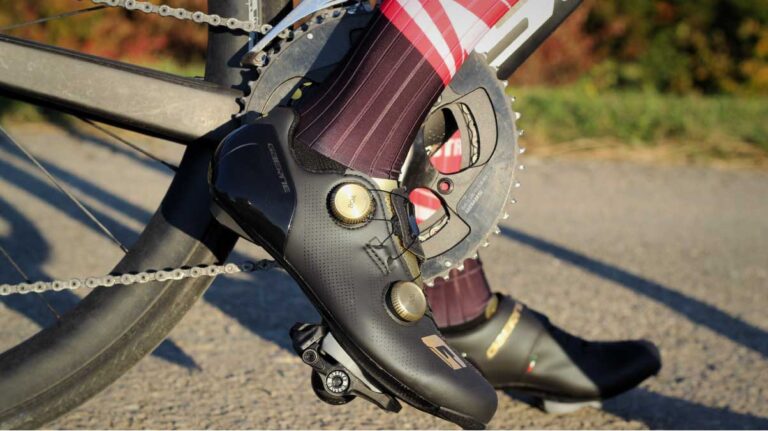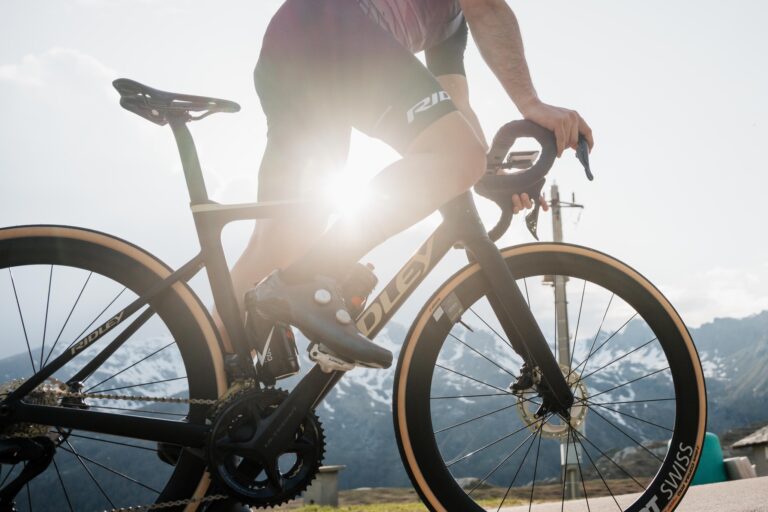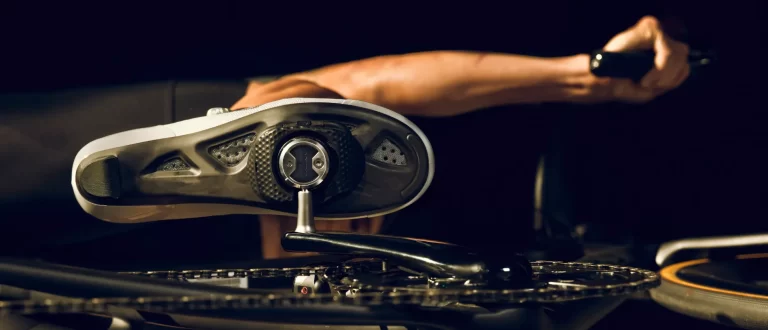Integrating Bike Power Meters with Cycling Computers: A Guide to Elevating Your Training
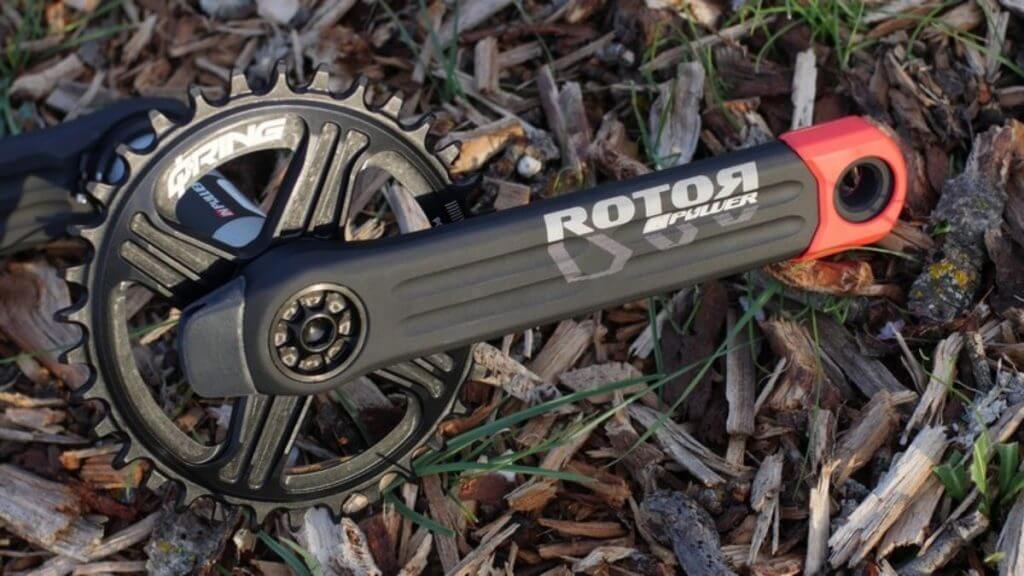
Key Point Summary of Integrating Bike Power Meters with Cycling Computers:
- Understanding Power Meters and Cycling Computers: Power meters measure your cycling effort in watts, while cycling computers display this data in real-time, offering insights into your performance.
- Data Synchronization: Seamless data transfer between your power meter and cycling computer is essential for accurate performance tracking and analysis.
- Setup Process: Proper setup involves installing the power meter, pairing it with your cycling computer, and configuring settings to suit your training needs.
In the world of cycling, whether it’s tearing through mountain bike trails, grinding over gravel, or speeding across the cyclocross course, understanding and utilizing the power you’re generating can drastically improve your training and performance. This realization comes to life when you successfully integrate bike power meters with cycling computers. For those beginning their journey or looking to refine their approach, mastering this integration is a game-changer.
The Synergy Between Power Meters and Cycling Computers
Power meters and cycling computers are two peas in a pod in the cycling world. Power meters, devices installed on bikes to measure the power output of a rider, offer a quantifiable look at your effort, regardless of environmental conditions. On the other side, cycling computers (or bike computers) serve as the dashboard to your ride, displaying real-time data collected from the power meter and other sensors. This data includes speed, distance, cadence, and, crucially, power output.

The Importance of Data Synchronization
The crux of integrating these devices lies in data synchronization. When your cycling computer can accurately read and display data from your power meter, you gain access to invaluable insights that can inform training decisions. This synchronization allows for tracking progress over time, adjusting efforts mid-ride, and tailoring training plans with precision.
Navigating the Setup Process
Setting up your power meter and cycling computer for seamless communication may sound daunting, but it’s quite straightforward with a bit of guidance:
- Installation: Start by installing your power meter according to the manufacturer’s instructions. This could be on the crank arm, pedal, or elsewhere, depending on the type of meter.
- Pairing Devices: Turn on your cycling computer and initiate the pairing process. This typically involves searching for new sensors and selecting your power meter from the list of available devices.
- Configuration: Once paired, configure the display settings on your cycling computer to show power data according to your preferences. This might include average power, 3-second power average, or normalized power, depending on what’s most relevant to your training goals.
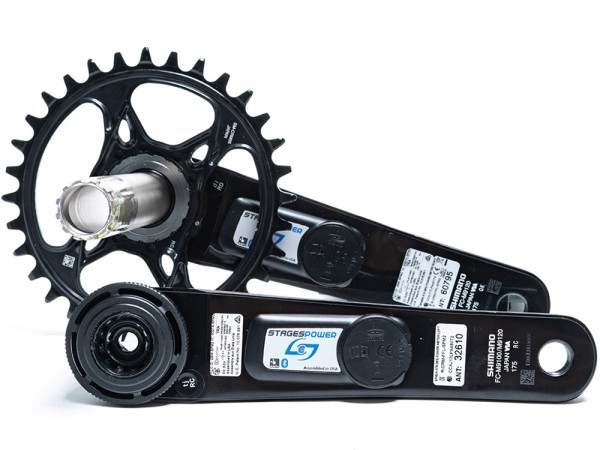
Leveraging the Power of Integration
With your devices paired and configured, the real magic begins. You can now monitor your power output in real time, adjust your effort to stay within specific training zones, and analyze post-ride data to identify areas for improvement. This data-driven approach to training allows for precision that was once only accessible to professional cyclists.
Integrating Bike Power Meters with Cycling Computers: Wrapping It Up
In conclusion, integrating bike power meters with cycling computers is not just about having access to more data; it’s about unlocking a deeper understanding of your performance and potential as a cyclist. Whether you’re a beginner looking to get serious about your training or a seasoned rider aiming to reach new heights, mastering this integration is a step toward achieving your cycling goals. With the right setup and a commitment to data-driven training, the road (or trail) to improvement is wide open.
For those seeking recommendations based on widespread use and reputation in the cycling community, here are a few top-rated power meters known for their accuracy, reliability, and ease of integration with cycling computers:
- Quarq DZero: Offers compatibility with a wide range of bike frames and drivetrains, known for its accuracy and durability.
- Garmin Vector 3: A pedal-based power meter that provides easy installation and the ability to quickly switch between bikes, along with dual-sensing capabilities that measure total power, left/right balance, and cadence.
- Stages Cycling Power Meters: Known for their crankarm-based design, offering simplicity and compatibility with many types of bikes, including road, mountain, and gravel bikes. They’re lightweight and easy to install, with good connectivity to various cycling computers.
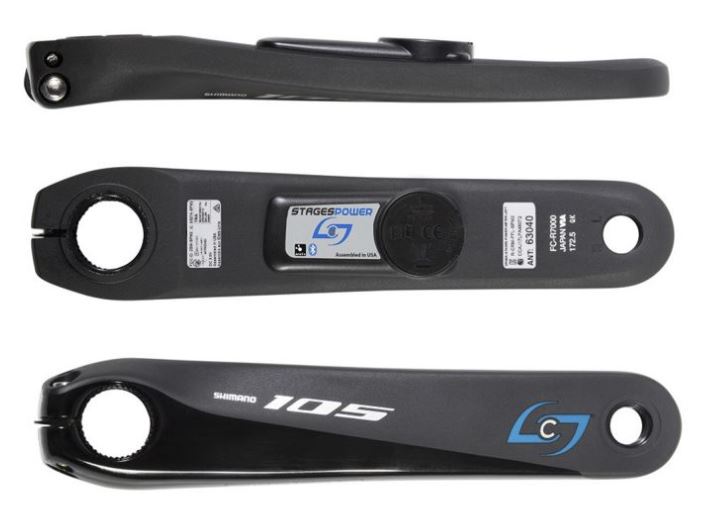
FAQ
Do you need a bike computer for a power meter?
No, you don’t necessarily need a bike computer for a power meter. Many power meters can connect to smartphone apps via Bluetooth or ANT+, allowing you to view your data without a dedicated bike computer.
Can I add a power meter to my bike?
Yes, you can add a power meter to your bike. Power meters come in various forms, such as crank arm, pedal, hub, and bottom bracket units, making them adaptable to most bicycle types.
How do you measure power on a bike computer?
Power on a bike computer is measured by connecting it to a power meter via ANT+ or Bluetooth. The power meter measures the force you apply and the angular velocity of the crank to calculate power in watts, which is then displayed on the bike computer.
Can you add a power meter to a spin bike?
Yes, you can add a power meter to a spin bike, but the options are more limited compared to road or mountain bikes. Pedal-based power meters are the most straightforward option for spin bikes, as they can easily replace the existing pedals.
Ride on
John
